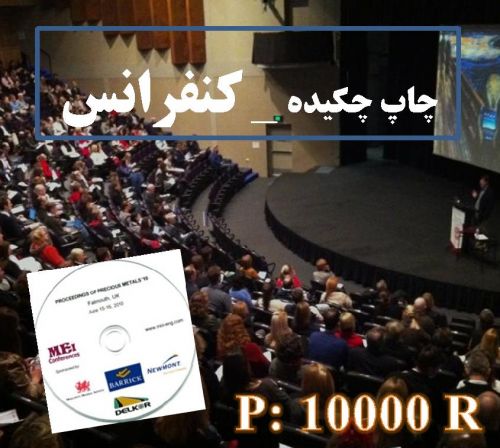The basidiomycetous yeasts of genus Cryptococcus contain two medically important pathogens, Cryptococcus neoformans and C. gattii. C. neoformans is one of the common pathogens in acquired immunodeficiency syndrome (AIDS), whereas the most cases of diseases due to C. gattii happened in the healthy individuals. Cryptococcosis is a chronic, acute to subacute pulmonary, central nervous system or cutaneous disease that affected immunocompromised hosts. Disease has been increased over the past three decades, so the Jarvis and Meintjes described it as neglected killer. Diagnostic methods for cryptococcosis contains classical and new techniques. Most pulmonary cryptococcosis have no diagnostic symptoms and are usually discovered by CT scan and radiographic pictures. MRI scan is useful for diagnosis cryptococcoma in the brain. Diagnosis of a cryptococcosis can be made by direct microscopy using Indian ink, for blood, cerebrospinal fluid, and sputum. Whereas PAS, GMS, H&E, Mucicarmine stains used for tissue sections. Encapsulated yeast cells in sterile human sites (fluids and tissues) should be considered significant, even in asymptomatic types. Molecular methods such as, nested PCR, multiplex PCR and sequencing of specific genomic regions are especially useful for diagnosis of cryptococcosis. In addition, PCR fingerprinting, PCR-RFLP, AFLP, and MLST techniques, have the best ability to differentiate between different serotypes of C. neoformans. The detection of cryptococcal capsular polysaccharide antigen (CCPA) in CSF is a choice method for the diagnosis of meningitis. CCPA can be detected in the serum of 100% meningitis cases in AIDS patients and 60% in non-AIDS patients. Serological test IFA has 80% specificity in diagnosis disease.
کلید واژگان :Cryptococcus neoformans and C. gattii
ارزش ریالی : 100000 ریال
با پرداخت الکترونیک
جزئیات مقاله
- کد شناسه : 7145982948687139
- سال انتشار : 2014
- نوع مقاله : چکیده مقاله پذیرفته شده در کنفرانس ها(فایل کامل مقاله بارگزاری گردد)
- زبان : انگلیسی
- محل پذیرش : 3nd Iranian congress on medical mycology
- برگزار کنندگان :
- تاریخ ثبت : 1395/01/17 08:41:26
- ثبت کننده : علی زارعی محمودآبادی
- تعداد بازدید : 253
- تعداد فروش : 0
